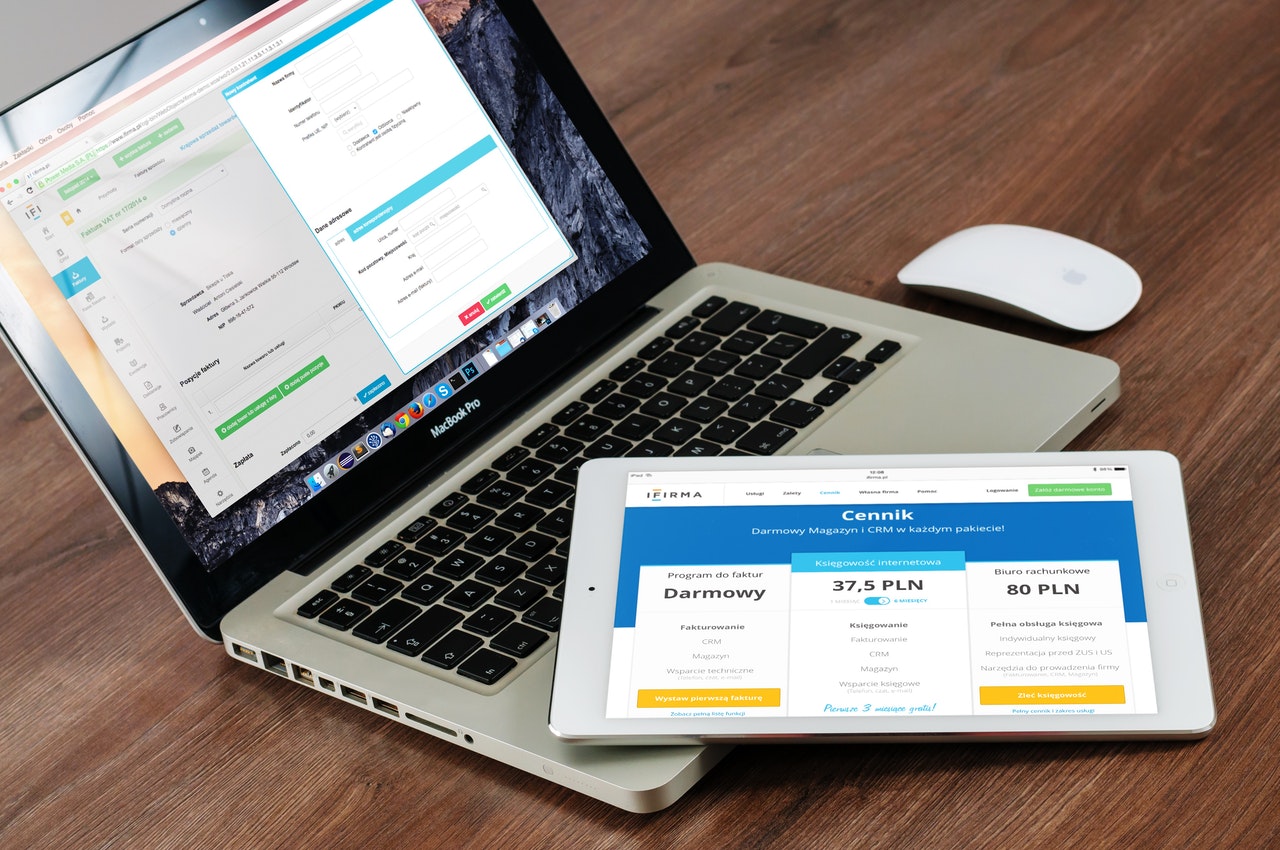Navigating Legal Obligations for Landlords on Disabled Bathroom InstallationsNavigating Legal Obligations for Landlords on Disabled Bathroom Installations
Landlords hold a significant responsibility in ensuring their rental properties are accessible and livable for all tenants, including those with disabilities. Compliance with legal standards for disability access not only promotes inclusivity but also helps landlords avoid potential legal pitfalls. Central to this effort is the installation and maintenance of disabled bathrooms, which plays a crucial role in making properties accessible. This article delves into the legal obligations landlords face concerning disabled bathroom installations and offers insights on navigating these requirements effectively.
Understanding the Legal Framework
The legal landscape surrounding disabled access and accommodation in rental properties is primarily governed by various national laws and local building codes. In many countries, legislation such as the Americans with Disabilities Act (ADA) in the United States or the Equality Act of 2010 in the United Kingdom sets the baseline for what landlords must do to accommodate tenants with disabilities. These laws generally require landlords to make reasonable adjustments to their properties to ensure accessibility for people with disabilities.
Key Obligations for Landlords
1. Providing Accessible Facilities
One of the primary obligations landlords face is the need to provide accessible bathroom facilities within their rental properties. This may involve the installation of specialized fixtures and features such as grab bars, raised toilets, and walk-in showers. Ensuring that these installations meet the required specifications for accessibility is paramount.
2. Complying with Building Codes and Standards
Landlords must ensure that any modifications or installations comply with local building codes and accessibility standards. This might involve obtaining the necessary permits before undertaking bathroom renovations or installations. Adhering to these standards not only ensures legal compliance but also guarantees that the modifications meet the practical needs of tenants with disabilities.
3. Making Reasonable Adjustments
The concept of “reasonable adjustments” plays a key role in determining what is required of landlords. This involves making changes that are considered practical and financially feasible to improve accessibility for disabled tenants. What qualifies as reasonable can vary depending on the specific circumstances, including the nature of the disability, the property’s existing structure, and the overall cost of modifications.
4. Respecting Tenant Rights
In addition to physical modifications, landlords must be cognizant of the rights of tenants with disabilities. This includes not discriminating against disabled tenants in the renting process and respecting their rights to privacy and dignity when making any changes to the property.
Professional Assistance and Resources
Landlords looking to navigate the complex process of installing disabled bathrooms should seek professional assistance. Companies specializing in such installations can offer valuable guidance on compliance with legal standards and practical design considerations. Safeshower, for instance, provides comprehensive services for installing disabled bathrooms, ensuring that landlords can meet their legal obligations while providing accessible and comfortable living spaces for all tenants.
Conclusion
The responsibility of installing and maintaining disabled bathrooms in rental properties involves careful consideration of legal obligations and the practical needs of tenants with disabilities. By understanding the legal framework, making reasonable adjustments, and seeking professional assistance, landlords can ensure that their properties are accessible and welcoming for all occupants. Embracing these responsibilities not only fosters inclusivity but also enhances the overall value and appeal of rental properties.


